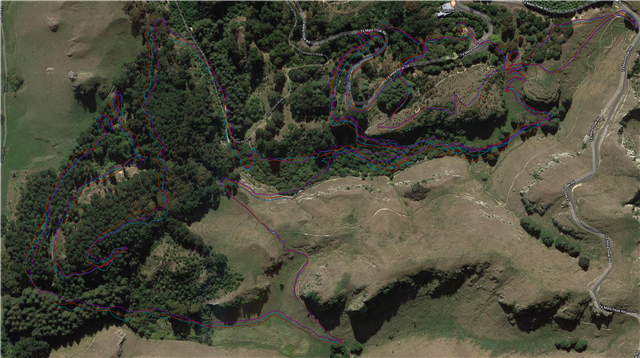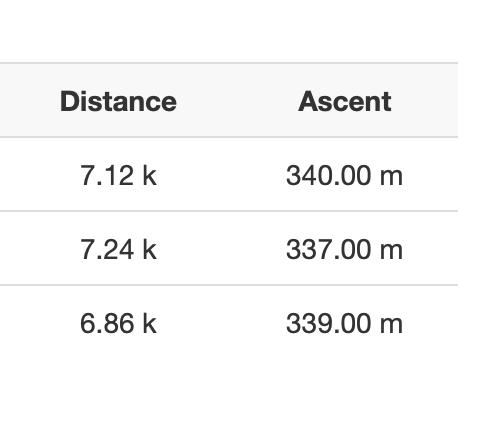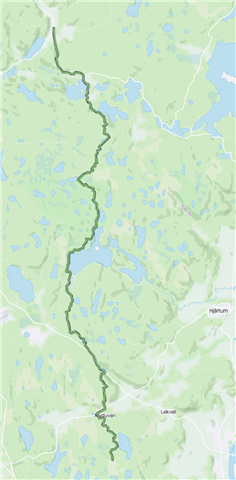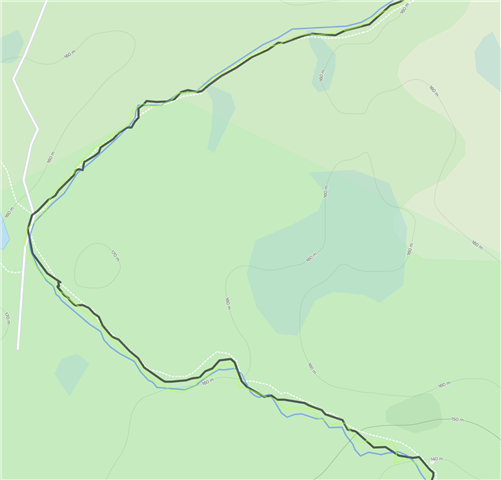Hey all,
I have posted my problems with the Fenix 6X Pro in German Forums here and here. Maybe I get some new advices here.
First things first:
FW V5.00
GPS V2.7
3D-Speed: OFF
3D-Distance: OFF
Data recording:Every second
When I used the Fenix for the first time, it ran on FW V4.30.0 and had acceptable performances in measuring distances. On a ~12.5km run it measured for example between 12.01 and 12.1 km. Which was in accuracy comparable to the Forerunner 245 which I have used before- and really OK for me.
My focus in running are the pace and the heart-rate. Which are the most important parameters in addition to my own body sensation. If I run 12km in 5:25 with a HR of approx 160 I am fine. If I feel great after the run, the training was perfect for me.
The pace is a function of time and distance - and now on the Fenix the distance is a huge problem since update to FW 5.00.
On 15th December 2019 (my Fenix received V5.00 the day before) the GPS accuracy became really bad. But each time I follow advices like waiting 25 minutes until the Fenix has updated her satellite-almanach or updating to GPS V2.7, in the first session after such updates the Fenix delivers accurate distances. But each following training it gets worse.
Examples:
1. updating the satellite-allmanach: Distance 12.06km, time 1:05:15, pace 5:25min/km
2. next training (still with GPS V2.6): Distance 11.78km, time 1:08:45, pace 5:50min/km
3. After Update to GPS 2.7: Distance 12.06km, time: 1:07:07h, Pace: 5:34 min/km
4: Next training 11.87km in 1:09:50 h, pace 5:53min/km
5: today 11.37 km, time 1:07:25h, pace 5:56min/km
The distance I run is always the same: 12.5km
Training 1 and 3 proof (to me) that after an update the Fenix works perfectly.
Training 3 and 5 reveal that it is not possible to rely on the pace. Since accuracy (690m deviation) is far beyond acceptable, two trainings in the same distance, with a deviation of 18 seconds are calculated to have a deviation in pace of 22 seconds. And such is not acceptable. 22 seconds in pace can make the difference between an easy aerobe training and an hard training. VO2Max depends on the pace and the heart-rate. In Training 3 the VO2Max was calculated with 49. In training 5 with 47. But the diference in heart rate was only 4 beats.
Important: I do not care for calculated Vo2Max. I just wanted to show how the GPS-accuracy has impact on many other parameters in the device.
Based on my experience, my best solution would be to downgrade to FW V4.30.0. But I was told that this is not possible since I have to downgrade sensor-fw and other software, too.
Can anybody help me with that problem? At the momment sport is just frustrating. And the reason for that is a sportwatch. Unbelievable.
kind regards!
Dennis






